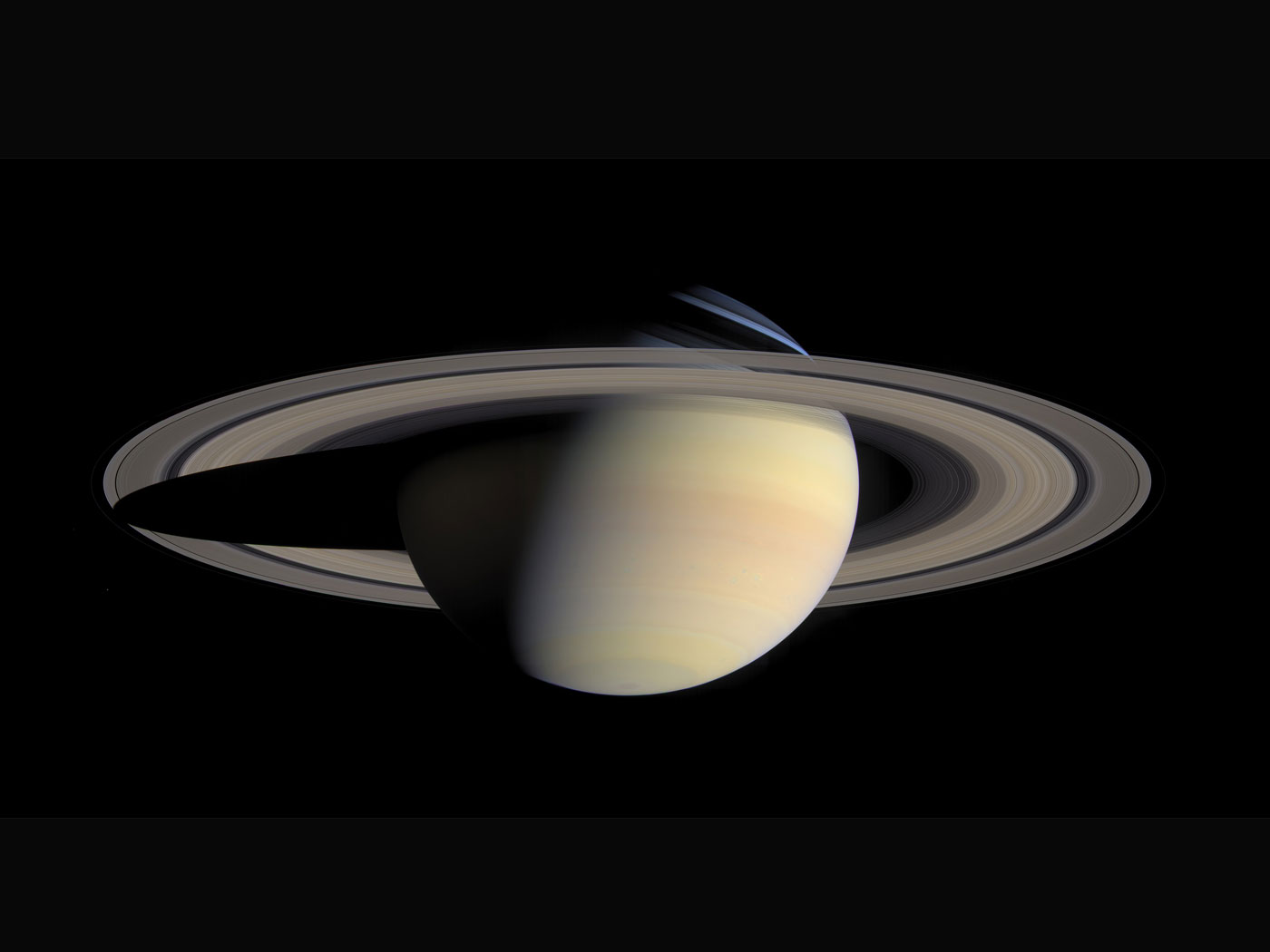The Wright brothers studied wing structures of seabirds before building their first airplane, and the first helicopter is said to have been inspired by dragonfly flight. Today, inventors continue this tradition, focusing on bio-inspired flight sensors. A series of telling admissions in a recent summary of state-of-the-art research leave no doubt about the origins of flight-ready sensors.
Gusts of wind tend to blow small, man-made flying machines called Micro Air Vehicles (MAVs) off course—or knock them out of the sky altogether. But insects and birds fare much better. What keeps them so stable? A team of inventors from Australia, publishing in the journal Progress in Aerospace Sciences, recently summarized their progress in the ongoing search for flight-stabilizing sensor technologies in flying animals.1
Biologists continue to uncover exquisite design in natural flight sensors—devices like mechanoreceptors that send sophisticated information to an insect's brain about the visual field, airflow, inertia, and wing-load pressure. Investigations have revealed that most or perhaps all natural sensors multitask. A single biological sensor can detect, integrate, and send multiple messages to the creature's brain. But when it comes to identifying who or what developed these hi-tech sensors, this journal report conveys contradicting messages.
On one hand, the study authors credited evolution. They wrote, "Nature's fliers have evolved to fly successfully close to the ground in turbulent conditions thus it is sensible to turn to nature for design cues."1
But could unguided nature really perform the tasks necessary to develop just the right aeronautical sensors to enable creatures to steady their flight in turbulent air?
Flying insects have tiny, wind-sensing hairs placed around their wing's edges—the best places to detect air turbulence the fastest. More tiny hairs project out the front of the insects' head and integrate with their eyes. The study authors wrote, "Their location on the head is practical, since the Signal-to-Noise Ratio (SNR) would be highest in that region due to the laminar flow existing here." And where should bio-inspired air sensors be placed onto new man-made mini flyers? The researchers wrote, "locating sensors thus requires a comprehensive understanding of the aerodynamics of the air foil."1 Does nature have this required level of intricate understanding?
What if birds were equipped with airspeed indicators tuned to 400 miles per hour? Birds never fly that fast, so such sensors would be a complete waste. For this reason, the team wrote that the sensors human inventors install will "require calibration to those conditions" that the flying machine will meet. Since "both birds and insects are equipped with sensors that suit their physical, anatomical, and physiological properties, in addition to their operating environment," doesn't it stand to reason that Someone performed these fined-tuned calibrations, since nature alone has never been shown to calibrate equipment?1
Plus, since the precise calibrations need to be performed one step ahead of the flight needs of each creature it stands to reason that whoever programmed these sensors had uncanny foresight—something nature lacks.
On one hand the study authors described how biological sensors have "optimally evolved to sense flight-related parameters."1 But on the other hand they wrote, "A delicate design balance is hence required to achieve high sensitivity while maintaining sensor bandwidth."1 How could natural processes, which have no clue what "sensor bandwidth" even means, ever have achieved the optimal balance required for stable flight?
The study authors also wrote that "nature's flyers do not rely on single sensors."1 Could evolution really integrate multiple functions into single sensors like those in insects and birds? These biological devices are so advanced that intelligent and capable inventors have not been able to build one—even with a living, working prototype right in front of them!
Even if a person does someday invent a multitasking sensor, it will do the aircraft no immediate good, since "it is not the sensors themselves, but the auxillary [sic] sub-components (hardware, installation, and wiring) and the algorithmic integration (CPUs and novel algorithms) of their measurements that build the gap in attitude stabilisation [sic] and control technologies for MAV."1 In other words, someone will have to write a blueprint to successfully install, wire, interpret and integrate inputs from any new sensor. Does any natural process perform all these tasks, each of which is required to construct a small and stable flyer? Clearly, in this case evolution is being given credit for constructions so ingenious that only "God, who made the world and everything in it" deserves credit.2
References
- Mohamed, A. et al. 2014. Fixed-wing MAV attitude stability in atmospheric turbulence—Part 2: Investigating biologically-inspired sensors. Progress in Aerospace Sciences. 71 (2014): 1-13.
- Acts 17:24
*Mr. Thomas is Science Writer at the Institute for Creation Research.
Article posted on December 22, 2014.























